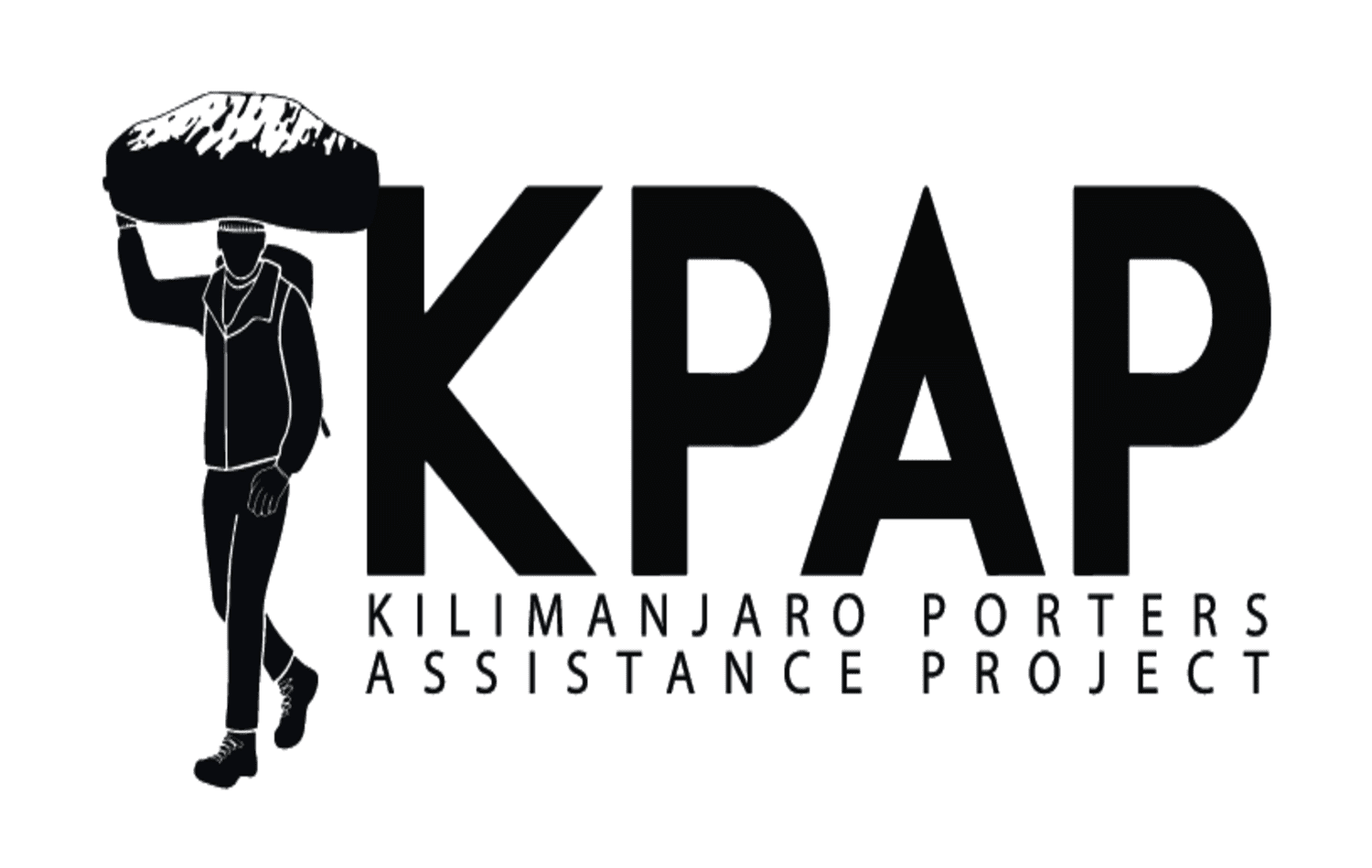Mount Kilimanjaro’s weather is unpredictable and varies dramatically as you ascend. Climbers experience five different climate zones, from tropical heat to freezing Arctic conditions. Understanding Kilimanjaro’s weather is key to proper preparation and a successful summit.
1. Bushland/Lowlands (800-1,800m) – Warm & Humid
Temperature: 25-30°C (77-86°F)
Weather: Warm, humid, occasional rain showers
Terrain: Farmlands, grasslands, scattered villages
At the mountain’s base, the weather is hot and humid, similar to a tropical climate. Expect lush greenery and farmland.
2. Rainforest Zone (1,800-2,800m) – Warm & Wet
Temperature: 15-25°C (59-77°F)
Weather: High humidity, frequent rain, misty
Terrain: Dense forest, home to monkeys and birds
The rainforest zone receives heavy rainfall, especially during the wet seasons (March-May & November-December). Waterproof gear is a must!
3. Moorland Zone (2,800-4,000m) – Cooler & Drier
Temperature: 5-15°C (41-59°F)
Weather: Clearer skies, occasional rain and wind
Terrain: Shrubs, giant groundsels, and rocky trails
As you leave the rainforest, the landscape becomes more open and dry with misty mornings and chilly nights.
4. Alpine Desert (4,000-5,000m) – Cold & Windy
Temperature: -5 to 10°C (23-50°F)
Weather: Dry, dusty, intense sun during the day, freezing at night
Terrain: Rocky, barren, and little vegetation
With thin air and harsh winds, this zone feels like another planet. Sunscreen, lip balm, and layered clothing are essential.
5. Arctic Zone (5,000m+) – Freezing & Extreme
Temperature: -10 to -20°C (14 to -4°F)
Weather: Freezing cold, strong winds, possible snowfall
Terrain: Glaciers, ice fields, rocky paths
At Uhuru Peak (5,895m), temperatures can drop below -20°C (-4°F). The lack of oxygen, extreme cold, and strong winds make this the most challenging part of the climb.
1. Dry Seasons – Best Time to Climb
January to Mid-March – Warmest and least crowded
June to October – Most popular, best summit conditions
2. Rainy Seasons – More Challenging
March to May (Long Rains) – Wet, muddy trails, fewer climbers
November to Early December (Short Rains) – Less rain but still slippery trails
Kilimanjaro’s weather changes fast, so layering is key! Prepare for hot, cold, rain, and wind all in one tri



TERMS AND CONDITIONS | AFRICAN SAFARI | PRIVACY POLICY | REFUND POLICY | FOR TRAVEL AGENCIES | HOTELS IN TANZANIA | OUR BLOG
© 2025 Shiri Adventures